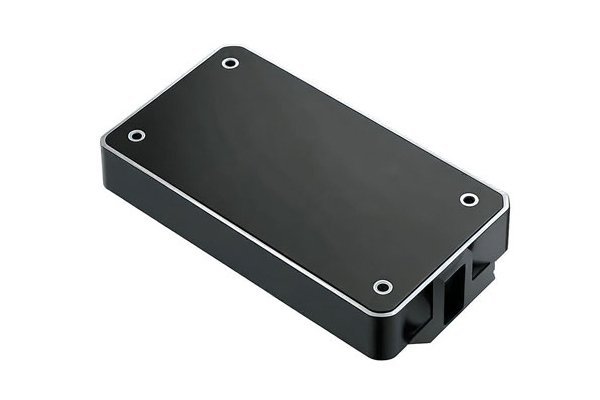:
Did you know that about 90% of all manufacturing industries rely on some form of CNC (Computer Numerical Control) machining? This automated method has revolutionized the production process, ensuring high precision and repeatability in crafting intricate components. However, amidst the bustle of modern manufacturing, many CNC processing factories find themselves grappling with inefficiencies that impede their potential. As industries race to meet demand while maintaining quality, learning to optimize the processing of parts is not just advantageous—it’s essential.
In this blog, we will delve deep into the critical need for optimization within CNC machining factories. We will explore various methods tailored to enhance efficiency, productivity, and accuracy, all while fostering a culture focused on continual improvement. By the end, you’ll have a comprehensive understanding of the strategies that can lead your CNC processing factory to operate at its peak performance.
—
Understanding CNC Machining
Before diving into optimization strategies, it’s crucial to understand what CNC machining entails. CNC machining uses computer-controlled systems to perform cutting, milling, drilling, and other manufacturing processes on a range of materials. CNC machines can be operated with a high degree of automation, significantly reducing human error while increasing production speed. However, as beneficial as CNC machining is, it is not immune to challenges that can arise during the processing of parts.
Common Challenges in CNC Processing
CNC machining factories may encounter various operational challenges that hinder their efficiency, including:
Strategies for Optimization
To effectively address these challenges, CNC processing factories must adopt multifaceted strategies focused on optimizing the entire machining process.
The foundation of any effective CNC machining operation begins with high-quality tools. Investing in durable, precision-engineered tools will not only result in a smoother and more accurate machining process but also reduce the frequency of tool replacement.
Practical Suggestions:
Understanding the optimal cutting parameters for each material and part design is critical to effective machining. Parameters such as speed, feed rate, and depth of cut must be fine-tuned to achieve a balance between operation efficiency and part quality.
Practical Suggestions:
Evaluating and modifying workflow processes can lead to significant increases in efficiency. Understanding the entire flow of materials and information can highlight bottlenecks and areas for improvement.
Practical Suggestions:
Stringent quality control is paramount in guaranteeing the deliverability of precise parts. With proper quality control measures in place, production errors can be detected and rectified early on, minimizing the impact on cost and time.
Practical Suggestions:

Minimizing waste not only cuts down production costs but also aligns with sustainability goals. The smart use of materials will also enhance the factory’s profitability.
Practical Suggestions:
In recent years, the manufacturing landscape has seen a shift toward automation, which can significantly enhance efficiency in CNC machining.
Practical Suggestions:
While technology plays a vital role in processing optimization, skilled operators are equally essential. Continuous education and training can lead to improved machine operation, maintenance, and innovation.
Practical Suggestions:
Case Study: A CNC Factory Transformation
To illustrate the effectiveness of these strategies, let’s examine a hypothetical CNC machining facility that implemented a comprehensive optimization plan.
The Challenge
Acme Precision Machining, for instance, had been experiencing increased production times, high levels of scrap material, and frequent quality control failures. The management decided that a complete evaluation of the processes was necessary to turn these challenges around.
The Strategy
The Results
Within six months, Acme saw a drastic reduction in production time by 30%, a decrease in material waste by over 20%, and a 50% reduction in quality control failures.
The optimization of the processing process in CNC machining factories plays a critical role in maintaining efficiency, ensuring product quality, and fostering competitiveness in the marketplace. Through investing in quality tools, optimizing cutting parameters, streamlining workflows, enhancing quality control measures, reducing waste, embracing automation, and committing to employee training, CNC machining facilities can turn challenges into opportunities for growth.
As we have outlined, the path to becoming a more efficient CNC machining factory is not merely a desire for improvement but a necessity that can drive long-term success. By implementing these strategies, manufacturers can navigate the complexities of modern production demands while ensuring they remain ahead of the curve in a competitive landscape.
In a world of rapid industrial advancements, considering these optimization strategies can make all the difference. Are you ready to take your CNC processing factory to the next level? The time for action is now!






